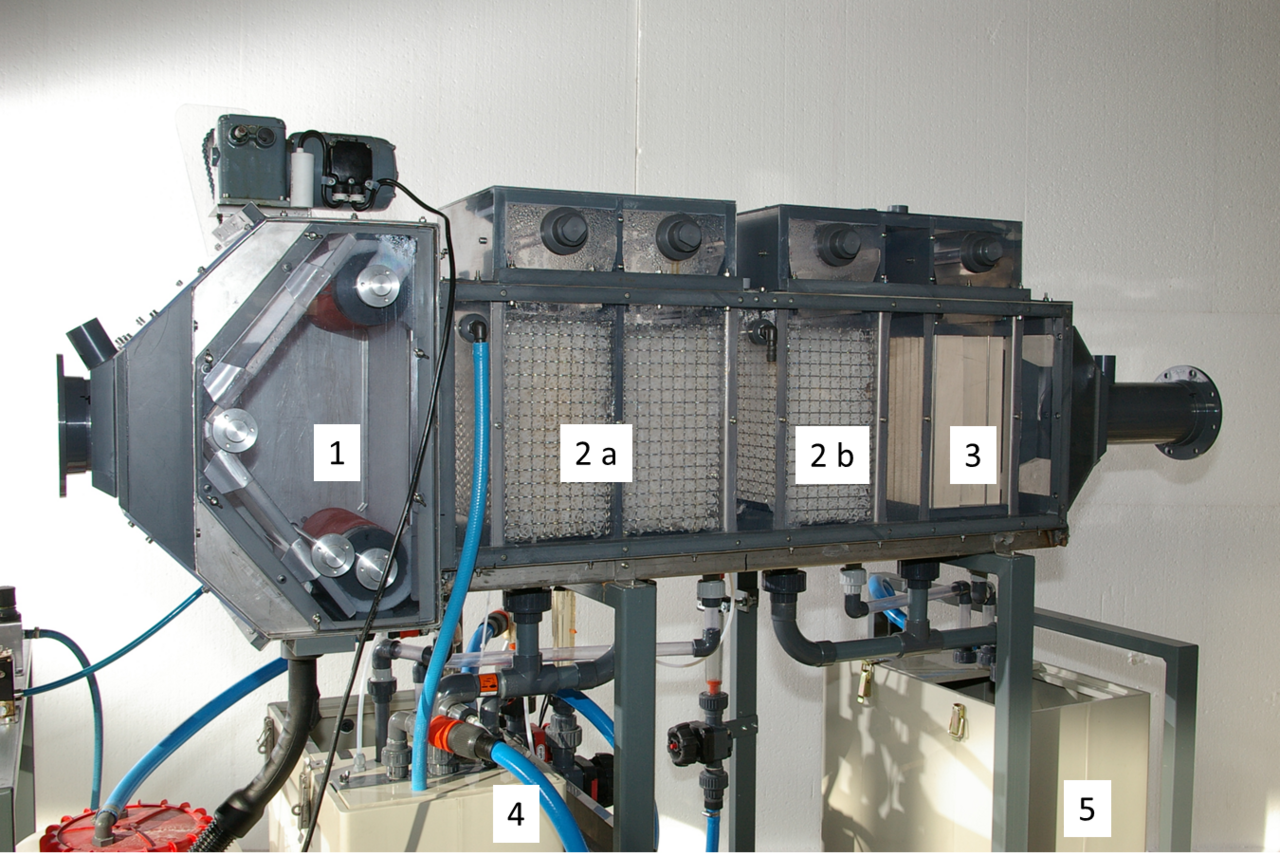Project
emission reduction in livestock

Determination and assessment of emissions from livestock and development of measures and operations for emission reduction
Livestock in Germany is an important branch of the economy and it produces high quality foods, but creates also considerable environmental impacts. In the frame of this project measures to mitigate emissions from livestock are investigated and evaluated. Besides production integrated measures as inlet air conditioning and optimized ventilation in livestock buildings operations for particulate matter, ammonia and odor reduction for poultry keepings are investigated.
Background and Objective
The maintenance of livestock in Germany as well as its perspectives has a great economic and social relevance. Because of increasing environmental impacts the acceptance of livestock all in all is decreasing considerably. The environmental sustainability and the acceptance of livestock can be improved strongly by efficient and cost-effective measures as exhaust air treatment systems.
Target Group
Agriculture, livestock, agricultural consultants and experts, approving authorities, producers of exhaust air treatment systems
Approach
Stables with 40.000 broilers are attributed to an Intensive livestock keeping. For safe-keeping animal welfare during summer periods ventilation rates of 240,000 m³/h may be required in conventional buildings. Those and other frame conditions as particulate matter mass flow have to be taken into account if suitable exhaust air treatment plants will be developed. On basis of these frame conditions testing facilities are constructed and operated under practical conditions over a longer period to generate reliable separation data in view of particulate matter, ammonia, odors and other trace gases and information on operating safety as well.
Data and Methods
On basis of operational conditions in livestock test facilities are constructed and operated to measure and assess the separation efficiency of trace gases by online measuring equipment. Laser optical devices will be used for particulate matter measurements. Chemical analyses of filter materials and washing waters are used for balancing to follow the fate of separated compounds.
Our Research Questions
What construction and operation design is necessary to realize an exhaust air treatment system which reduces emissions from animal buildings efficiently and cost-effective?
Preliminary Results
Aim of the work is the development of efficient and cost-effective exhaust air treatment systems for the poultry keeping. Temporary results show that particulate matter and ammonia removal is possible with dust filters and scrubbers. The odor separation is still problematical because of the very short residence time in the system. Investment and operation costs need to be further reduced. One useful and promising option is the inlet air conditioning.
Duration
1.2001 - 12.2025

![[Translate to English:] [Translate to English:]](/media/_processed_/3/6/csm_Hintergrund-Ausschnitt1_9daaef6b89.jpeg)
![[Translate to English:] [Translate to English:]](/media/_processed_/3/6/csm_Hintergrund-Ausschnitt1_0bd7111163.jpeg)





